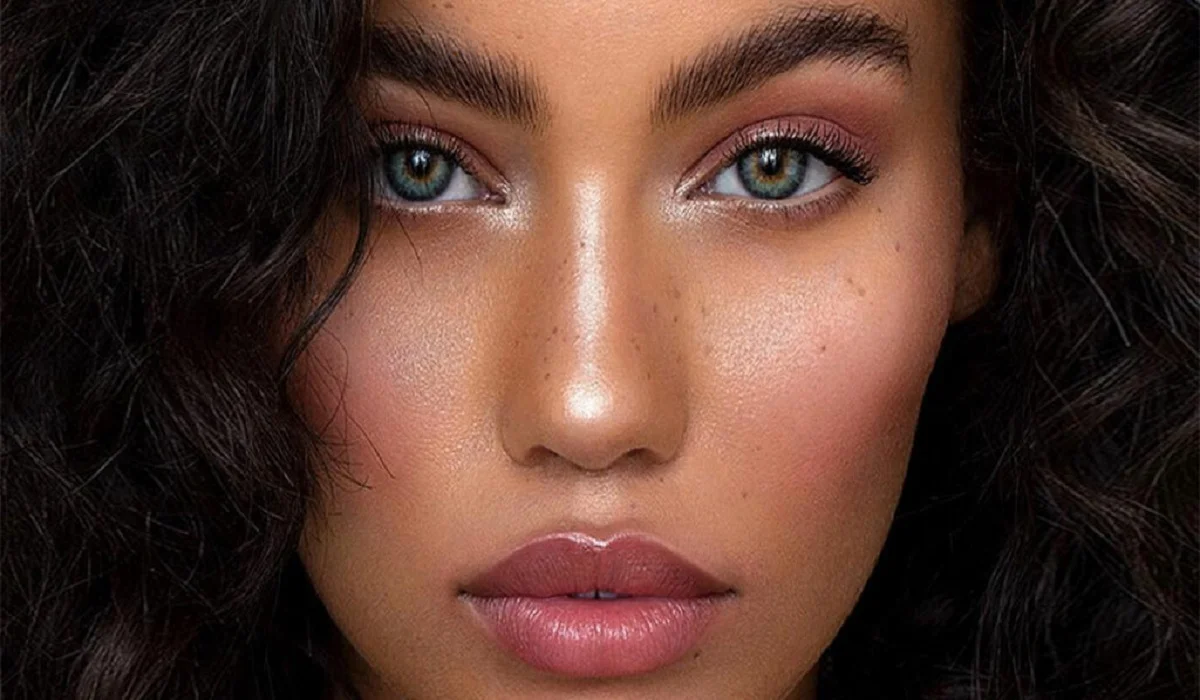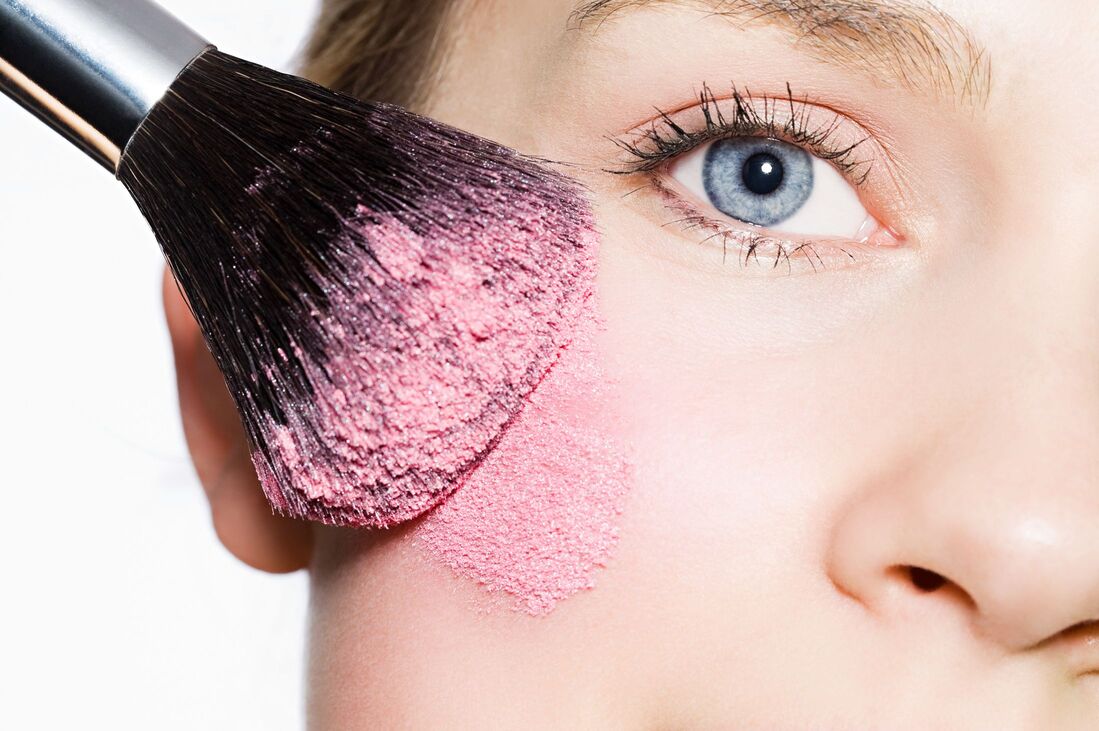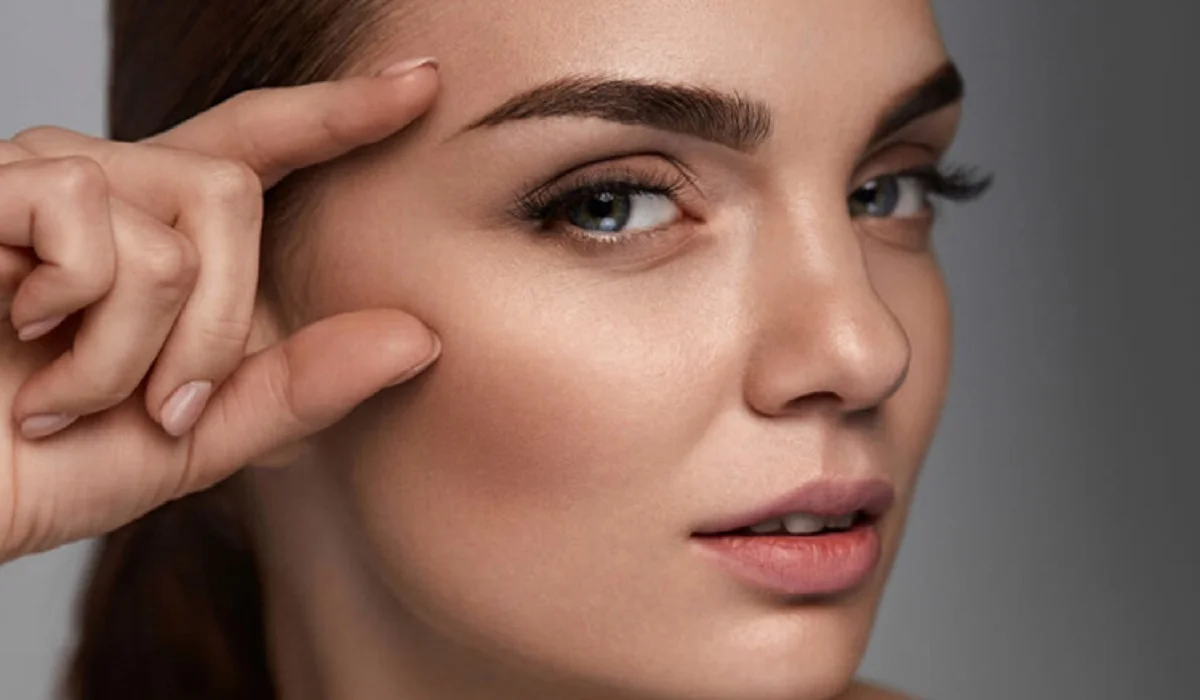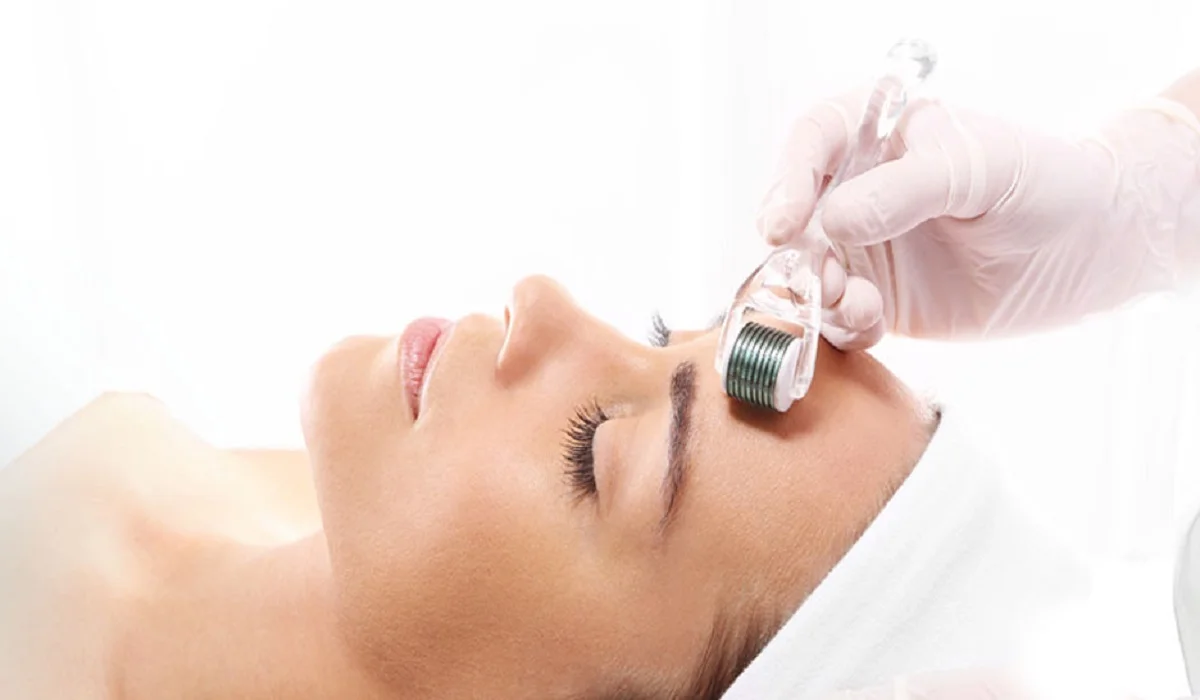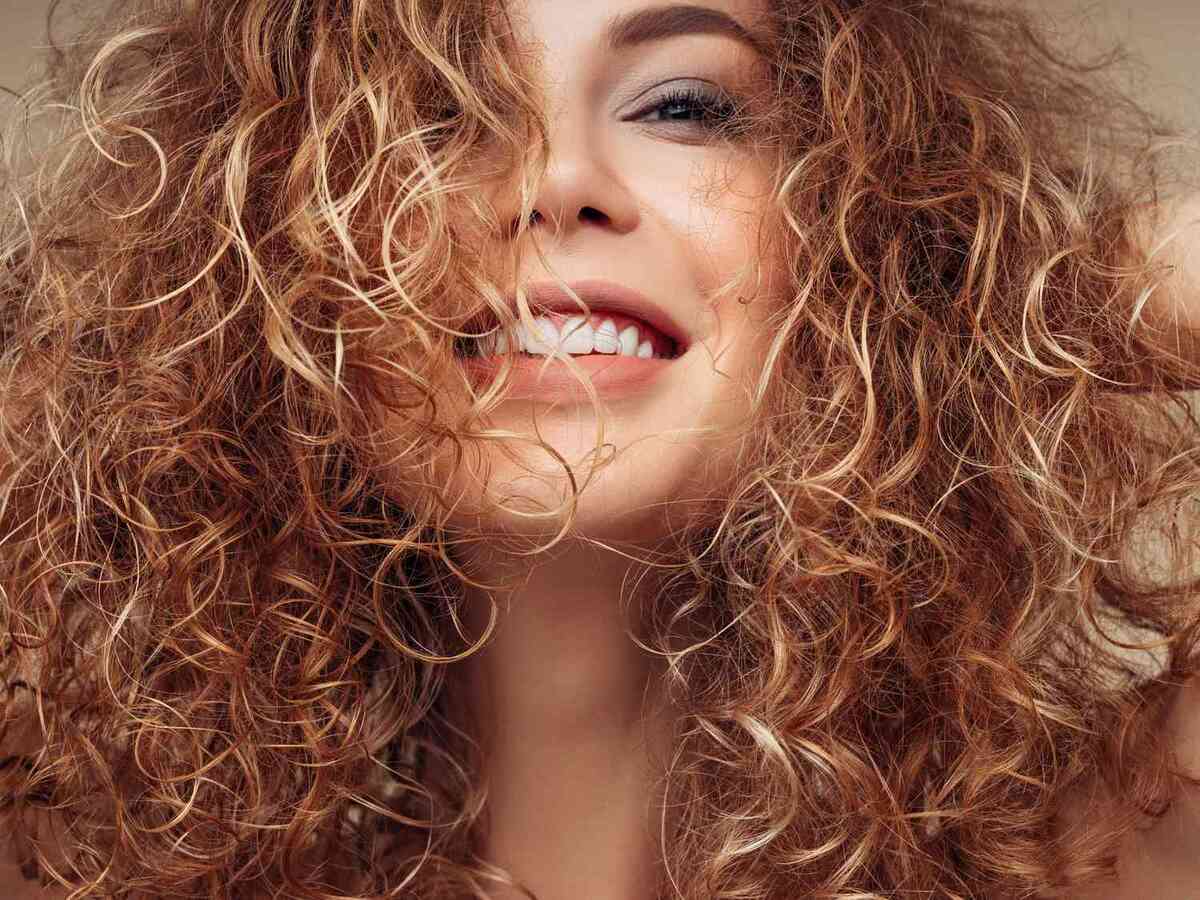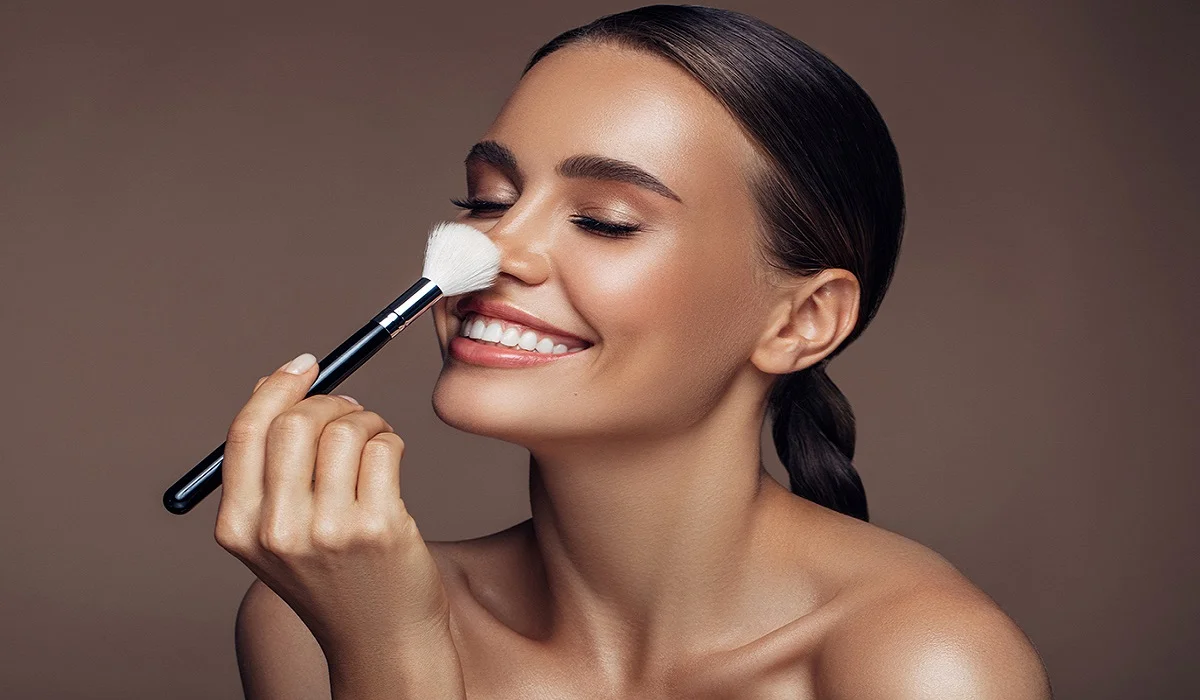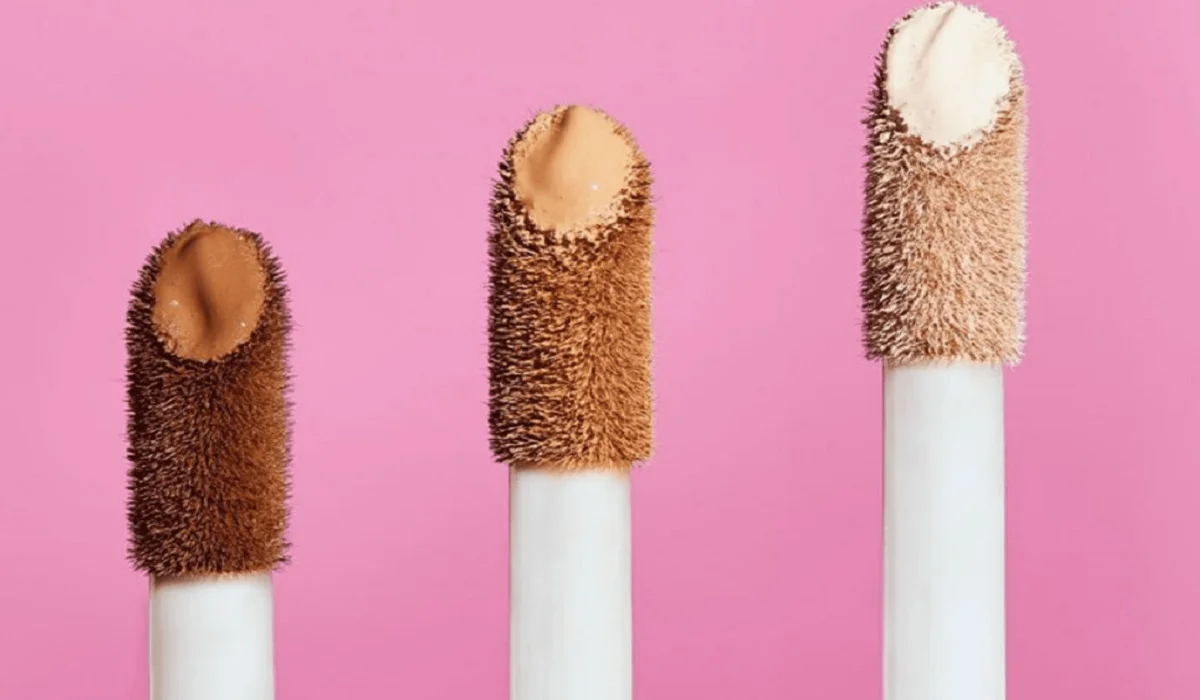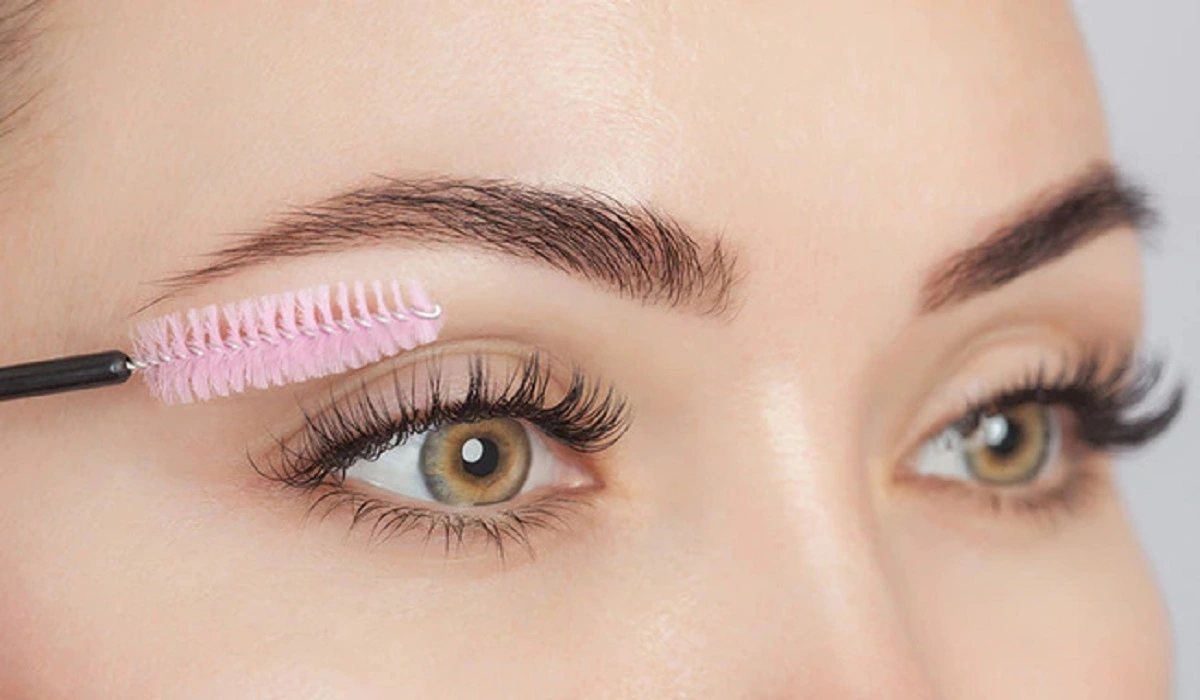The path to weight loss is paved with careful choices regarding diet, physical activity, and broader lifestyle habits. In this context, the judicious use of tea and coffee stands out as a key strategy, thanks to their ability to speed up the metabolism and aid in fat loss. This exploration seeks to pinpoint the most effective times for the consumption of tea and coffee to support weight management goals, leveraging scientific findings and dietary insights.
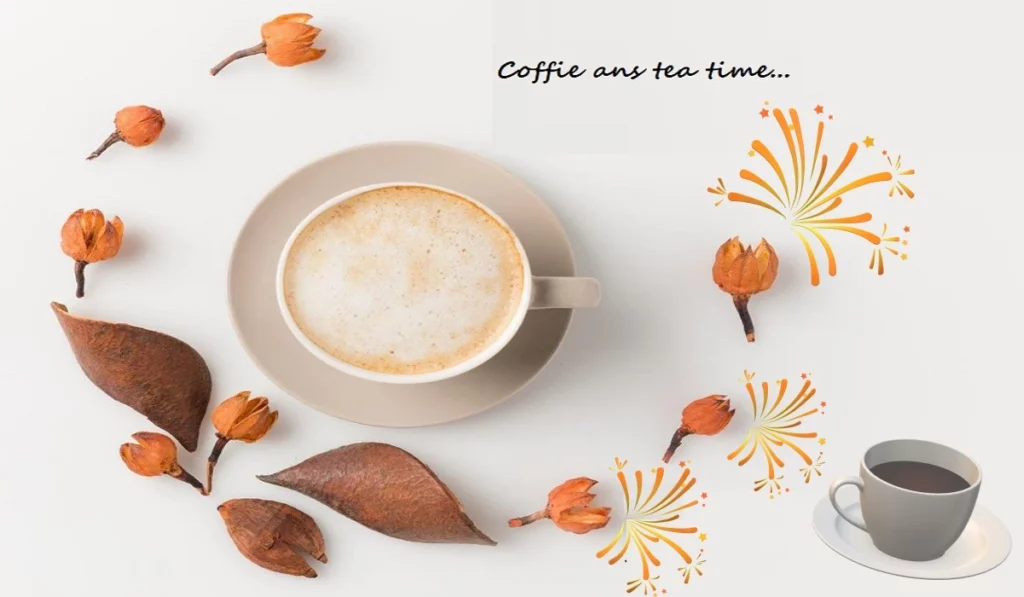
Exploring Tea’s Impact on Weight Loss
Tea, especially green tea, is acclaimed for its high antioxidant content and its capacity to elevate metabolic rates. Gaining an in-depth understanding of which teas aid in weight loss and their operational mechanisms can greatly improve their integration into your nutritional strategy.
Choosing the Right Teas for Weight Loss
For those targeting weight reduction, green tea, oolong tea, and black tea are the frontrunners. These varieties are packed with specific compounds, such as catechins and caffeine, which kickstart the metabolism and promote the breakdown of fats.
Tea and Metabolic Boosting
The antioxidant catechins found in tea play a crucial role in enhancing the body’s ability to utilize fat as fuel, thus boosting metabolism and facilitating weight loss. The efficacy of these benefits can be maximized by consuming tea at key moments.
Coffee’s Contribution to Weight Management
Far from being just an early morning stimulant, coffee’s main ingredient, caffeine, acts as a dynamic metabolic enhancer that supports weight loss by increasing energy expenditure and promoting fat oxidation.
Deciphering Coffee’s Components for Weight Loss
Caffeine energizes the central nervous system, leading to an increase in heart rate and metabolic speed, thereby elevating calorie burn. Coffee also contains chlorogenic acid, which might reduce the pace of carbohydrate absorption.
The Role of Caffeine in Enhancing Fat Oxidation
Introducing coffee into your pre-exercise routine can significantly improve physical performance, making for more effective and extended workout sessions that are crucial for fat loss and weight management.
Ideal Times for Tea Consumption to Aid Weight Loss
The impact of tea on weight loss can be maximized by consuming it at strategic times. Morning tea intake can activate your metabolism, while drinking tea before workouts can boost energy use and fat oxidation. Evening tea choices should be made with care to avoid sleep disturbances.
Morning Tea Rituals
Beginning your day with tea can stimulate your digestive system and start metabolic processes early, positively impacting the remainder of your day.
Timing Around Workouts
Enjoying a cup of green tea before hitting the gym can enhance fat oxidation during exercise. Drinking tea post-exercise can also help with recovery and maintain the fat-burning momentum.
Evening Tea Selection
In the evenings, opting for herbal or decaffeinated teas can help you enjoy the weight loss benefits of tea without compromising your sleep quality.
Optimal Coffee Drinking Times for Weight Loss
Like tea, the timing of coffee consumption can significantly boost its weight loss effectiveness. A morning coffee can sustain your metabolism throughout the day, while a pre-workout coffee can amplify your exercise performance.
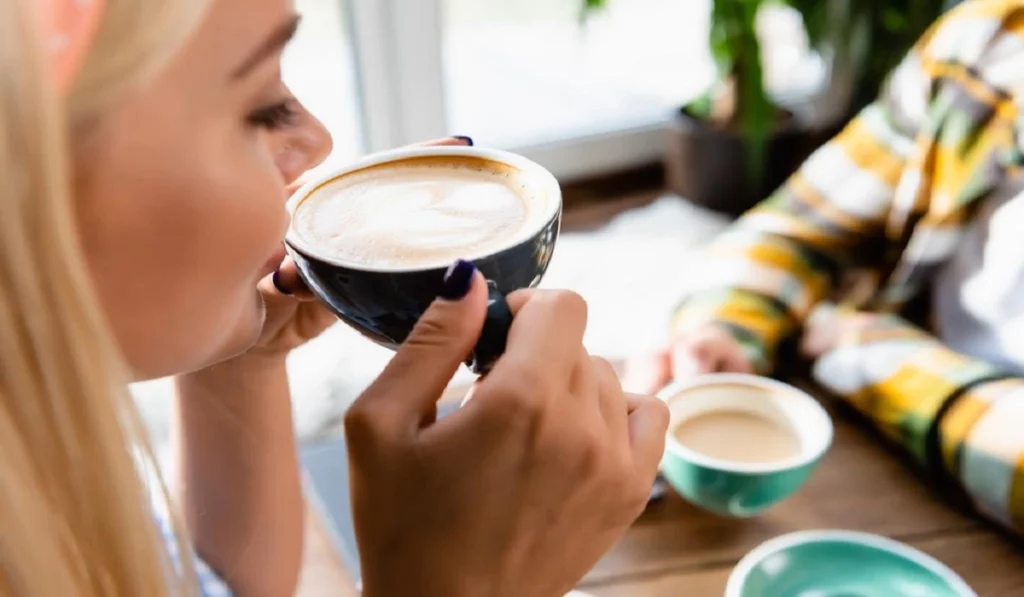
Energizing Morning Coffee
A cup of coffee in the morning can significantly increase your metabolic rate, leading to a greater calorie burn throughout the day and helping in appetite management to prevent overeating.
The Pre-Workout Coffee Advantage
Consuming coffee about thirty minutes before exercise can enhance your physical capabilities, allowing for a more intense workout and greater calorie expenditure.
Coffee Timing and Sleep Considerations
To maintain weight loss and overall health, it is critical to avoid consuming coffee late in the day, as it can disrupt sleep patterns.
Comparing Tea and Coffee for Weight Loss
While both tea and coffee offer weight loss benefits, they do so via different mechanisms. Tea provides a softer caffeine boost and antioxidants, whereas coffee delivers a stronger caffeine effect, potentially offering an immediate boost in energy and metabolism.
Nutritional Insights
Tea typically has less caffeine than coffee, presenting a more hydrating choice. Conversely, coffee provides a considerable caffeine surge but should be consumed with moderation to avoid negative side effects.
Weighing the Pros and Cons for Weight Loss
Tea might be more suitable for continuous energy and metabolic enhancement without jitteriness, whereas coffee can offer a rapid energy lift. Selecting between them hinges on individual preference, tolerance, and weight loss objectives.
Synergizing Tea and Coffee Within a Balanced Diet
Incorporating tea and coffee into a balanced diet can propel weight loss efforts forward. It’s crucial to avoid adding excessive sugar or cream, which could negate their benefits.
Harmonizing with a Healthy Diet
Ensuring tea and coffee complement a diet rich in fruits, vegetables, lean proteins, and whole grains is vital for maximizing weight loss outcomes.
Avoiding Sweetened Temptations
To fully benefit from tea and coffee in weight loss, it’s essential to consume them without the addition of sugars or creamers.
FAQ: Timing Tea and Coffee for Weight Loss
What’s the best time to drink green tea for weight loss?
Can drinking coffee after meals aid in weight management?
Is it beneficial to have tea or coffee before bedtime for weight loss?
How does the time of day affect the benefits of tea and coffee for weight management?
Can I replace my midday snack with tea or coffee to help with weight loss?

